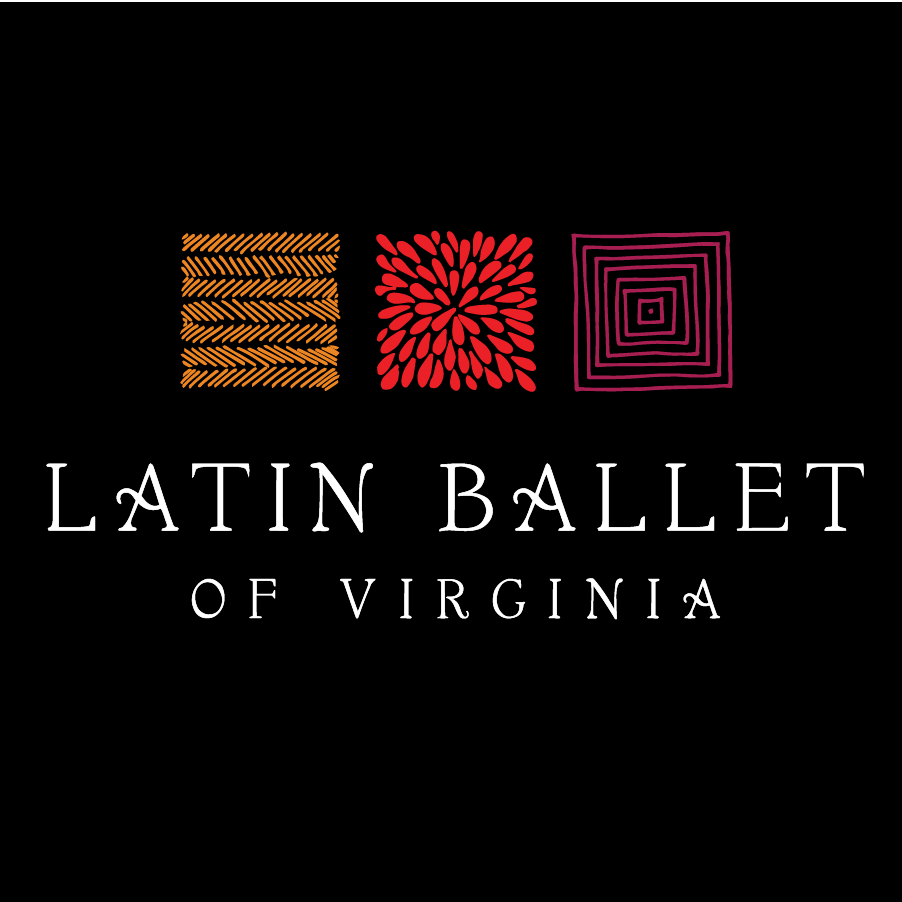Lighting Designer: Adam Chamberlin
Artistic Director: Ana Ines King
Baile Y Rumba
Rumba is fiesta, it is the music, and singing and dancing that make up a party.
Rumba was brought together by people of African and Spanish descent.
CARMEN, Rumbas & Bulerias de España “Love is like a bird (soul) free...” Carmen is the personification of a new class, the class of independent women who would not let men rule their own beliefs. Flamenco was originated by the gypsies who came to Spain from India and the Middle East. The arrival of the Gypsies was first recorded at the time of the unification of Spain, under Isabel and Fernando, "the Catholic Kings" during the discovery of America. After the conquest of the New World, The flamenco Andaluz started to spread during the middle of different folkloric and musical song styles. The Spanish inspired songs from South America and the Caribbean are also an enrichment of Andalusian flamenco.
Alma Latina “The Soul of the People, Rich in Traditions” Celebrates the rhythms that influenced the music, dance and history of Latin America. Performed by the Company
The Spirits of Rumba, If you are losing control because of the rhythm in your soul, if you should be in bed, but you are dancing on the street instead, that is the spirit of Rumba. Rumba is fiesta, it is the music, and singing and dancing that make up a party.
When the Africans were brought to the New World as slaves, they found that their beliefs were coincidentally very similar. The Seven Powers of Africa were also the most important celestial deities of the indigenous empires that resembled those of the Mayans and Aztecs from Mexico, the Incas from Peru and Muiscas from Colombia. These beliefs and rituals eventually blended together with those of the natives and were celebrated in secret. The Spaniards tried desperately to eliminate them unsuccessfully, and decided to also combine the Catholic saints with the seven powers of life.
Niñas Buenas No Bailan Tango - (Good Girls Do Not Dance Tango) The tango has its origins in Argentina, as immigrants from Europe, Africa, and unknown ports streamed into the outskirts of Buenos Aires in the 1880s. It symbolizes the hopes, successes, and failures of the millions of immigrants who were concentrated in the big cities. Originally the tango was prohibited for upper class women to take part, but during the first two decades of the 20th century, tango took Paris by storm.
ADELITA (Mexican Revolution of 1910-1920) Women were not only important as political figures and role models, but they were also successful on the battlefields. These women were called the soldaderas, or soldier-woman. They were the battlefield heroes of the Mexican Revolution. The name of one lives on in legend, “Adelita”.
Salsa “La Vida es un Carnaval” Salsa means sauce, gravy, and its ingredients are many, depending upon where it’s made. But one thing is certain: it’s got plenty of spice. Like much of the greatest popular music, the creative fire was lit when Africa met the cultural cauldron of the New World. For salsa it began in Cuba in the 1940s. With heaping measures of musical Spain, France and the country dances of England, the son was formed and Cuba set modern Latin dance music in motion. With the varied ingredients in place, a transformation took place not in the Caribbean but on the street of New York (and increasingly in Miami). It was there than Puerto Ricans and Cubans had come to settle as a result of the joint upheavals of poverty in the former and isolation due to the revolution in the latter.
POR SIEMPRE, EL REY DEL MAMBO (To the Great Tito Puente) Four times Grammy award winner, Latino Ambassador of Good Will, Doctor of Arts and Sciences, Internationally acclaimed performer - there are simply not enough words to describe Tito Puente, the greatest.
America the Beautiful - NUESTRAS BANDERAS! (Our Flags) The USA gives millions of people from other countries the opportunity to live freely and feel welcome. This dance reminds us all that we are proud to be living in the USA.

